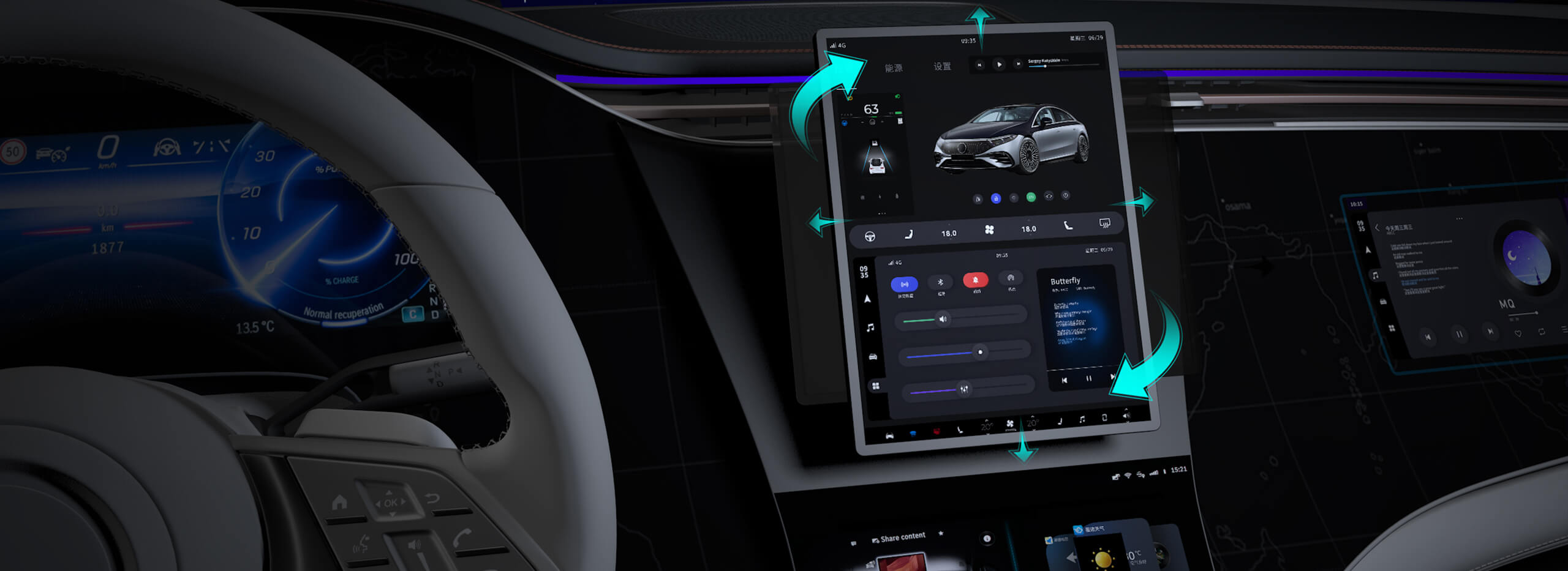In the bustling landscape of modern engineering, few components have had as profound an impact as electric motors and gearboxes. These two marvels of mechanical and electrical innovation work hand in hand to power a broad array of applications—from the tiny motors inside your household appliances to gigantic industrial machines that build the fabric of our world. Their silent revolution continues to fuel advancements in efficiency, precision, and sustainability, shaping industries and our daily lives in ways we often overlook.

The Electric Motor: Heartbeat of Modern Motion
At its core, an electric motor is a device that converts electrical energy into mechanical energy. It operates based on electromagnetic principles. When electric current flows through conductors within the motor, it creates magnetic fields that induce motion—causing a rotor to turn. This simple yet powerful mechanism underpins countless devices, from electric vehicles to robotics.
What makes electric motors particularly fascinating is their diversity. There are many types—brushed, brushless, synchronous, asynchronous—all designed for specific needs. Brushless DC motors, for instance, are prized for their efficiency and low maintenance, making them ideal for drones and medical devices. Induction motors, on the other hand, are known for ruggedness and are often found in industrial settings.
In recent years, advancements in materials science and electronics have given rise to more efficient, lightweight, and compact motors. Permanent magnet motors use rare-earth magnets to achieve high power density, contributing to the miniature designs of today's gadgets. Meanwhile, innovations in cooling techniques and control algorithms have extended the lifespan and performance of these engines, pushing the boundaries of speed, torque, and energy savings.
Gearing Up: The Role of Gearboxes
While electric motors generate motion, it's rarely the case that the motion is directly suitable for the application. This is where gearboxes come into play—sophisticated mechanical systems that modify the torque, speed, and direction of the rotational output of a motor.
Imagine a small, fast-spinning motor trying to turn a heavy conveyor belt. Without gear reducers, the motor might spin at thousands of revolutions per minute, but without enough torque to get the job done. Gearboxes act as the intermediary, translating high-speed, low-torque motor outputs into low-speed, high-torque outputs suitable for industrial tasks.
These devices come in countless configurations—planetary, helical, worm, bevel—a palette of options tailored for specific performance criteria. For example, planetary gearboxes are celebrated for their compactness and high load capacity, often used in robotics and aerospace. Worm gearboxes, with their self-locking properties, are ideal for applications requiring holding torque without energy consumption.
Synergy for Superior Performance
Pairing electric motors with the right gearbox transforms raw power into finely tuned action. This duo enables machinery to operate with impressive precision, efficiency, and stability. Think about modern elevators: they rely on electric motors driving planetary gearboxes to achieve smooth, controlled movement across floors. Or consider electric vehicles—power trains pair high-efficiency motors with complex gear systems to optimize acceleration and energy consumption.
Moreover, the integration of smart technology now allows for motor and gearbox systems to be monitored and controlled dynamically. Sensors track temperature, vibration, and load, offering real-time feedback that ensures longevity and optimal functioning. Predictive maintenance, enabled by IoT connectivity, reduces downtime and extends the lifespan of machinery—bringing industry closer to an era of autonomous, self-healing systems.
Choosing the Right Combination
Selecting the appropriate electric motor and gearbox combination depends on a variety of factors: the required speed and torque, load characteristics, space constraints, and energy efficiency goals. For instance, pumps and fans often benefit from inverter-driven motors paired with helical gearboxes to facilitate variable speed operation. Heavy-duty manufacturing equipment might demand robust induction motors coupled with planetary gearboxes to handle high torque loads with minimal maintenance.
Designers and engineers now have access to an incredible toolkit. Advanced simulation software allows for precise modeling of motor-gearbox interactions, ensuring systems are tailored perfectly to their applications. As industries push toward greener and more sustainable solutions, electric motors and gearboxes are evolving to become more efficient, reducing energy consumption and emissions.
In the evolving world of automation, robotics, and electric mobility, understanding the synergy between electric motors and gearboxes is key to innovation. Their combined capabilities unlock new frontiers—enabling faster, smarter, and more sustainable machinery that lies at the heart of modern technological progress.
Leveraging innovations in modular drive technology, Kpower integrates high-performance motors, precision reducers, and multi-protocol control systems to provide efficient and customized smart drive system solutions.




































